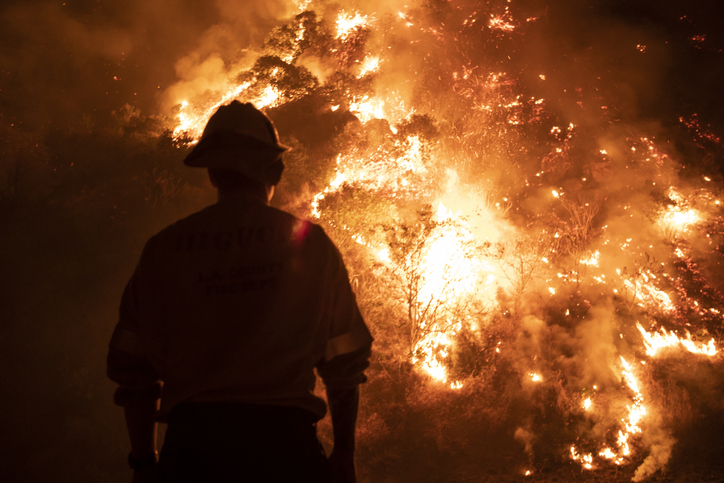Washington state faces a “forest health and wildfire crisis” – in the words of the Washington State Department of Natural Resources – with millions of acres of Eastern Washington forest in an unhealthy, fire-prone condition.
Despite that serious reality, one environmental group is trying to block efforts of the Colville Confederated Tribes (CCT) and Forest Service to reduce the risk of catastrophic fire. The result would be potentially devastating not only for communities, but also wildlife, and could severely impact tribal forests and lands they have access to through treaty rights.
Last week, the Kettle Range Conservation Group filed a lawsuit to stop the Sanpoil Forest Health Project in the Colville National Forest. They falsely claim the project would log more than 10,000 acres, “much of which will be clearcut, or have just a couple of trees left standing per acre.” This is not only inaccurate but betrays an approach that is at odds with forest science.
The Colville tribes have been pushing the Forest Service to address the forest health problems in the area for at least seven years. In a 2014 letter to the supervisor of the Colville National Forest, the tribes note that “years of fire suppression followed by a lack of forest management activities have created areas of overstocked stands that are infested with disease and are now vulnerable to catastrophic fire events.”
The tribes asked to partner with the Forest Service as part of the Tribal Forest Protection Act (TFPA). Adopted after fires moved from federal lands into tribal forests in 2003, the Act allows tribes to work with the Forest Service to restore the health of forests that neighbor tribal lands.
The area in the Sanpoil project is emblematic of the forest health problems that contribute to the massive fires the West has experienced in recent years. The forests are “currently heavily impacted by insect and disease problems.” The project would reduce “wildfire risk and fire management costs by: thinning small trees, reducing fuel loads and ladder fuels; increasing fire breaks through landscape heterogeneity and employing fire as a management tool; and establishing a low-fuels buffer on the northern boundary of the Colville Indian Reservation.” Despite the claim from the Kettle Range Conservation Group, the vast majority of the work involves thinning and forest restoration, not clearcuts.
The Colville tribes have been diligent about restoring the healthy and natural state of the forests on their land. The Sanpoil project complements their good work, helping ensure that their efforts aren’t undermined by fires that are strengthened on lands they don’t control. In their letter, the tribes noted, “The CCT’s best efforts managing its on-reservation forest lands may not be enough, however, if adjacent or contiguous USFS lands are conducive to the development of disease and insect infestation or to damaging wildfire events through heavy fuels and loading.”
Frivolous lawsuits like this are one reason progress is slow in reducing the risk of catastrophic fire in Washington’s forests. It demonstrates that despite broad scientific agreement on the urgent need to thin and treat unhealthy forests, some environmental groups still choose ideology over science.






